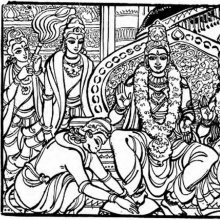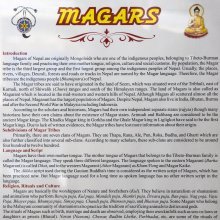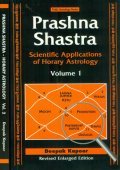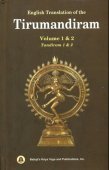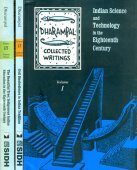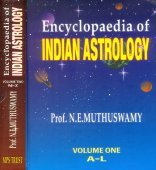Mine: 1 definition
Introduction:
Mine means something in Hinduism, Sanskrit, Buddhism, Pali. If you want to know the exact meaning, history, etymology or English translation of this term then check out the descriptions on this page. Add your comment or reference to a book if you want to contribute to this summary article.
Images (photo gallery)
In Hinduism
Purana and Itihasa (epic history)
Source: Shodhganga: Elements of Art and Architecture in the Trtiyakhanda of the VisnudharmottarapuranaKnowledge of Mines refers to one of the “sixty four kinds of Art”, according to the Kamasutra of Vatsyayana.—Cf. the Sanskrit Maṇirāgākarajñāna, which refers to the “knowledge of jewel, colours and mines”.—Indian tradition, basically includes sixty four Art forms are acknowledged. The history of Indian Art covers approximately five thousand years which presents a rich and almost continuous record. The references of sixty four kinds of Kala (कला, kalā) are found in the Bhagavatapurana, Shaiva-Tantras, Kamasutra of Vatsyayana etc.

The Purana (पुराण, purāṇas) refers to Sanskrit literature preserving ancient India’s vast cultural history, including historical legends, religious ceremonies, various arts and sciences. The eighteen mahapuranas total over 400,000 shlokas (metrical couplets) and date to at least several centuries BCE.
See also (Relevant definitions)
Starts with: Mineata, Minedara, Minelapupphiya, Minenne, Minenney, Minepagandra, Mineral, Minerincan, Mineriparavai, Mineru, Minerva, Mineta, Miney.
Query error!
Full-text (+752): Khani, Madiya, Akara, Mamaka, Ratnakara, Matka, Mama, Lavanakara, Surunga, Mamakina, Dhatvakara, Ganja, Kancanakandara, Kanakasthali, Mat, Ruma, Manibhumi, Akarin, Kuttima, Yoni.
Relevant text
Search found 420 books and stories containing Mine, Ma-na-eyya, Mā-nā-eyya, Mines; (plurals include: Mines, eyyas, Mineses). You can also click to the full overview containing English textual excerpts. Below are direct links for the most relevant articles:
Minerals and Metals in Sanskrit literature (by Sulekha Biswas)
4. The Director of Mines and his Duties < [Chapter 5 - Minerals and Metals in Kautiliya Arthashastra]
4.4. Description of Vaidurya and Marakata < [Chapter 7 - A millennium of Ratnashastra (gemmology) literature in India]
4.11. Two Softer Blue Gems of the Ancient World < [Chapter 7 - A millennium of Ratnashastra (gemmology) literature in India]
Settlement in Early Historic Ganga Plain (by Chirantani Das)
Part 5 - Minerals located near the Vārāṇasī region < [Chapter V - Rise of Vārāṇasī as a Nodal Centre]
Part 7 - Urbanization in the South Bihar area < [Chapter I - The Case Study of Rājagṛha]
Part 2 - Urbanity Theories and the Early Indian Context < [Introduction]
Yavanajataka by Sphujidhvaja [Sanskrit/English] (by Michael D Neely)
Verse 4.30 < [Chapter 4 - The Rule of the Objects of the Zodiac Signs and Planets]
Verse 4.31 < [Chapter 4 - The Rule of the Objects of the Zodiac Signs and Planets]
Verse 4.32 < [Chapter 4 - The Rule of the Objects of the Zodiac Signs and Planets]
Brihat Jataka by Varahamihira [Sanskrit/English] (by Michael D Neely)
Verse 10.3 < [Chapter 11 - Raja Yoga]
Kautilya Arthashastra (by R. Shamasastry)
Chapter 12 - Agreement for Undertaking a Work < [Book 7 - The End of the Six-fold Policy]
Chapter 12 - Conducting Mining Operations and Manufacture < [Book 2 - The duties of Government Superintendents]
Chapter 4 - Consideration about Loss of Men, Wealth, and Profit < [Book 9 - The Work of an Invader]
The Satirist and The Sapper < [July 1963]
The Satirist and The Sapper < [October 1963]
In the Plane < [December 1943]
Related products
